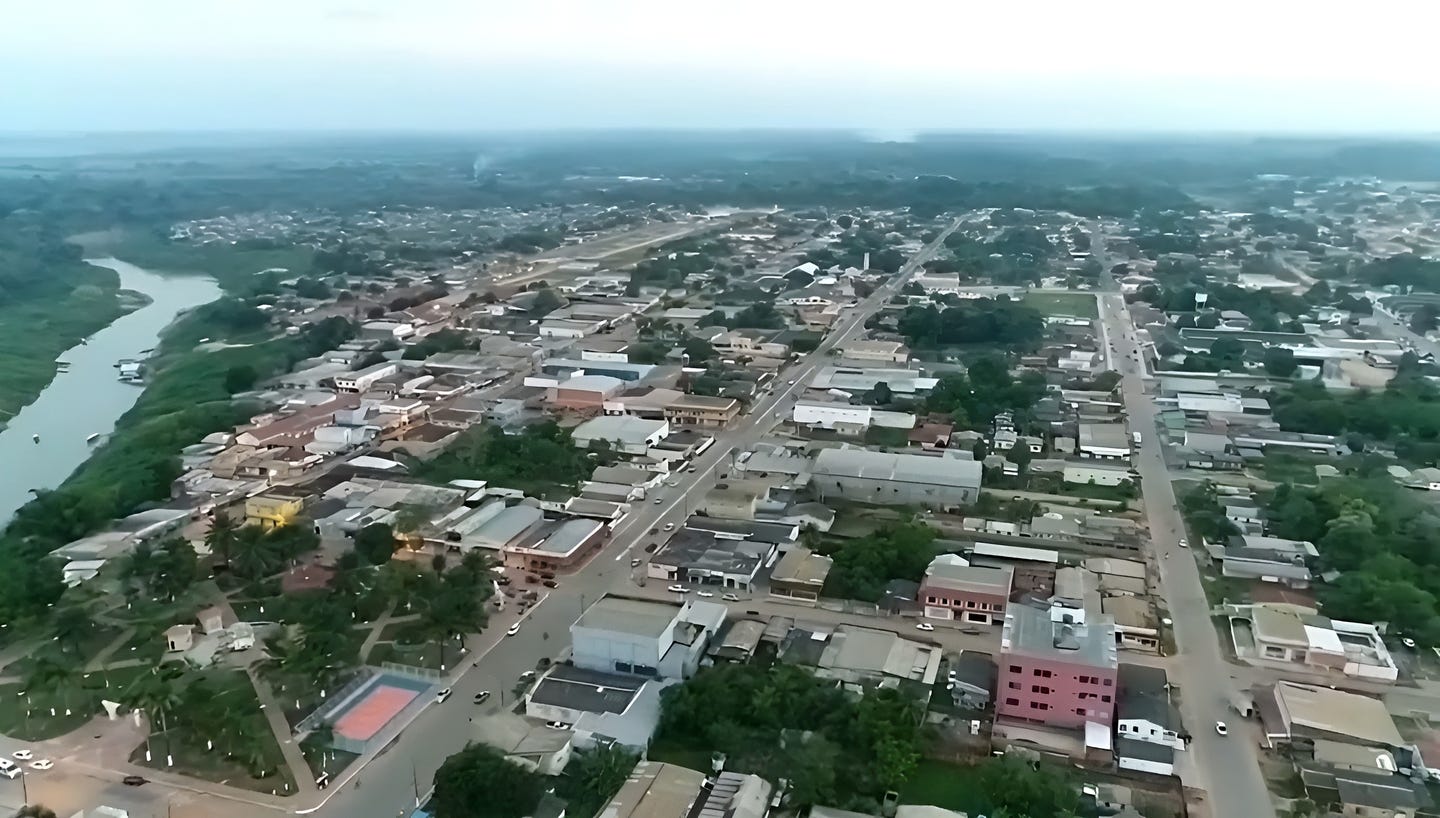Fighting climate change – Bolivian town safeguards over 1 million acres of Amazon rainforest
In Bolivia, a vast patch of protected forest has been established, with credit attributed to the ordinary citizens of the country.

In Bolivia, a vast patch of protected forest has been established, with credit attributed to the ordinary citizens of the country. (CREDIT: Creative Commons)
In Bolivia, a vast patch of protected forest has been established, with credit attributed to the ordinary citizens of the country. In the municipality of Sena, a law has been enacted to safeguard 452,639 hectares (1.1 million acres) of Amazon rainforest, known as the Gran Manupare Integrated Management Natural Area.
This law was crafted and passed for the benefit of peasants and indigenous communities, as stated by the mayor’s office.
Situated in the Pando Department in Bolivia's far northern region, this newly protected area constitutes nearly 8% of the country's forests, significantly bolstering the region's conservation coverage to 26%.
Situated in the Pando Department in Bolivia's far northern region, this newly protected area constitutes nearly 8% of the country's forests. (CREDIT: Creative Commons)
The area boasts a diverse range of wildlife, including endangered species like the giant river otter and the big-leaf mahogany. Additionally, it hosts healthy populations of mammals such as jaguars, white-lipped peccaries, and lowland tapirs, along with vulnerable species like the blue-headed macaw and the giant armadillo.
Moreover, the forest is estimated to store 9.2 million tons of irrecoverable carbon, contributing to mitigating climate change. Conservation International, a prominent NGO, provided assistance for this project and noted that the Pando Department harbors the largest proportion of well-preserved Amazonian forest in Bolivia.
Over the past quarter-century, Bolivian towns like Sena have safeguarded 10 million contiguous hectares (25 million acres) of the Amazon, an area almost the size of Iceland.
Related Stories
Eduardo Forno, vice president of Conservation International-Bolivia, highlighted the significance of this conservation effort, which began in the 1990s with the creation of Madidi National Park.
Forno emphasized the importance of protected and conserved areas as crucial tools for conservation, playing a vital role in safeguarding wildlife and combating the adverse effects of climate change.
He noted that Bolivia has historically experienced high rates of deforestation, particularly in the Pando Department, where forest cover averages 90%.
Madidi National Park, Bolivia. (CREDIT: Gareth Fabbro)
Part of the story behind Gran Manupare involves the Brazil nut, a significant source of livelihood for many locals. Conservation International collaborated with the municipality of Sena to explore the potential for a large protected area to ensure the sustainability of Brazil nut cultivation and local livelihoods.
Currently, Gran Manupare and the broader Pando region showcase a landscape characterized by sustainably managed forests, comprising a "conservation mosaic." This mosaic encompasses lands owned by indigenous communities, areas managed for Brazil nuts, protected watersheds, and zones designated for endangered species conservation.
The Gran Manupare (seen here in orange) is strategically located within a 25 million acre (10 million hectare) conservation mosaic in Pando, Bolivia, forming a biological corridor that includes Madidi National Park, Bajo Madidi Municipal Conservation Area, the Puerto Rico and Santa Rosa Municipal Conservation Areas, among others. (CREDIT: Andes Amazon Fund)
The establishment of the Gran Manupare Integrated Management Natural Area in Bolivia represents a collaborative effort involving ordinary citizens, NGOs, and governmental authorities.
This initiative not only safeguards vital ecosystems and biodiversity but also underscores the importance of community engagement in conservation endeavors.
For more science stories check out our New Discoveries section at The Brighter Side of News.
Note: Materials provided above by the The Brighter Side of News. Content may be edited for style and length.
Like these kind of feel good stories? Get the Brighter Side of News' newsletter.
Joshua Shavit
Science & Technology Writer | AI and Robotics Reporter
Joshua Shavit is a Los Angeles-based science and technology writer with a passion for exploring the breakthroughs shaping the future. As a contributor to The Brighter Side of News, he focuses on positive and transformative advancements in AI, technology, physics, engineering, robotics and space science. Joshua is currently working towards a Bachelor of Science in Business Administration at the University of California, Berkeley. He combines his academic background with a talent for storytelling, making complex scientific discoveries engaging and accessible. His work highlights the innovators behind the ideas, bringing readers closer to the people driving progress.



